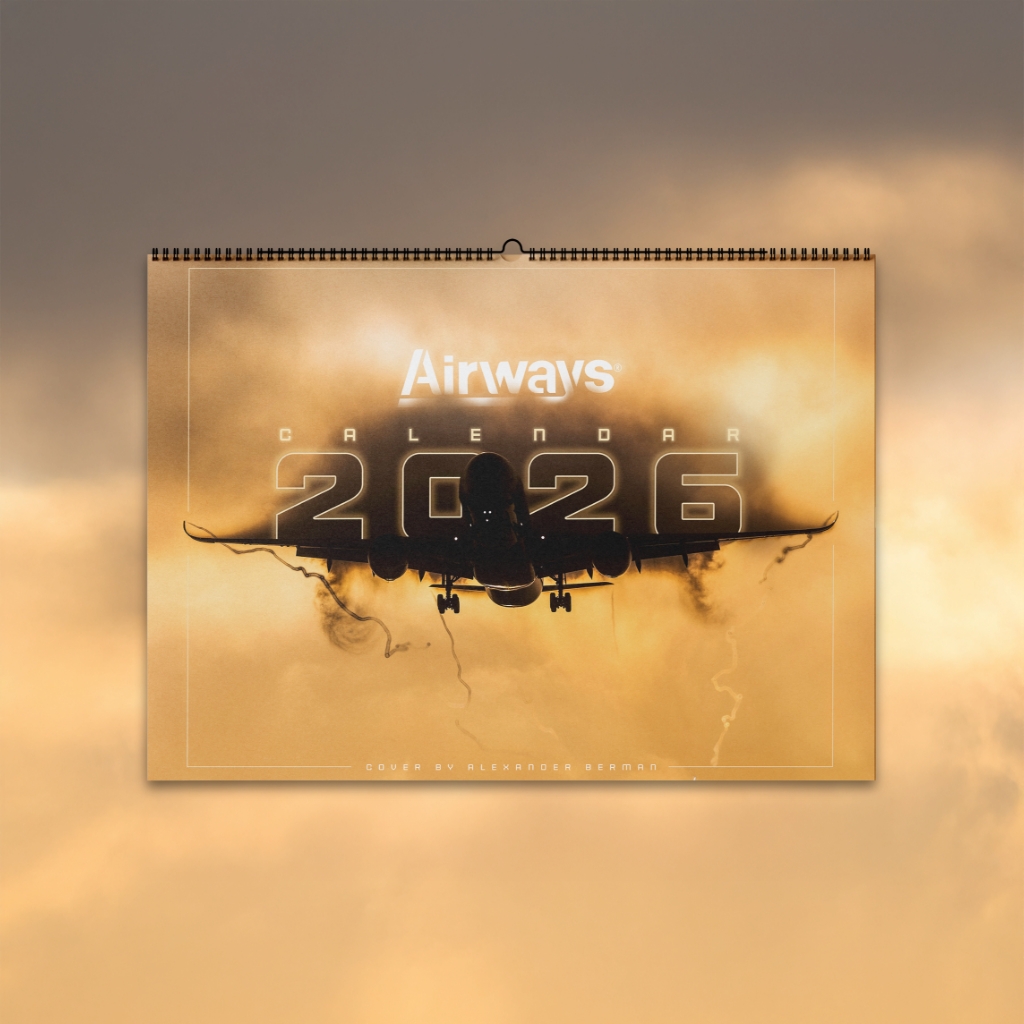Bye-bye, Bangkok
DALLAS — Welcome to Bangkok, the capital of Thailand, for a new trip report on board Thai Airways International (TG).
Thailand’s largest carrier operates a fleet of wide-body and narrow-body aircraft from its hub to destinations in Asia, Europe, and Oceania. Its long-haul backbone, the Boeing 777-300ER, flies twice daily to Frankfurt Airport (FRA), Germany’s largest hub.
After a pleasant stay in Thailand, it was time to fly back home. Since TG does not fly to the Netherlands, we chose to return on its second daily flight to Frankfurt.

We arrived at Suvarnabhumi Airport (BKK) well before our departure, which was scheduled for 11:40 p.m. local time. The large departure terminal at BKK accommodates low-cost and premium carriers in a picturesque setting.
We traveled by taxi from Bangkok’s city center, which took significantly longer than expected due to the intense rush-hour traffic.

Thai Airways provides priority check-in and security for its international passengers at counter A. However, since we were flying Economy Class, we proceeded to check-in H, where we quickly dropped off our suitcases and received our boarding passes.

From here, I noticed the viewpoint above the terminal. The terrace is rather underwhelming, with the view obstructed by reflections and metal, particularly at night.
The photo opportunity mission was unsuccessful this time. We then moved on to the security controls, which also took a relatively short time, before we found ourselves in the large duty-free area.

Bangkok Airport features a variety of lounges where you can wait comfortably for your flight. Since we are traveling in economy class, we cannot access any lounges with our boarding pass. However, the Priority Pass grants access to the excellent Oman Air lounge.

This lounge is undoubtedly the best Priority Pass lounge I have ever experienced and closely resembles the outstanding offerings of Oman Air’s (WY) lounge in Muscat, which remains one of the best in the world.
Passengers can enjoy drinks and warm meals while showering and relaxing. We fully took advantage of our time there, having light dinners and showering before heading back to gate S.

Located in the new satellite building, BKK has expanded its facilities with this state-of-the-art terminal, which can increase its traffic by 25%. The new boarding area is accessible via an underground train and includes numerous shops and waiting areas.
This international terminal is notably spacious and comfortable, offering ample seating and impressive views of the aircraft.

Onboard
Boarding started on time for flight TG920, with business class passengers and status holders invited to board first. Then, it was our turn, group 2, to board HS-TKY, a 9.8-year-old Boeing 777-300ER. The aircraft is equipped with two classes, and remarkably, the economy class is arranged in an ultra-rare and comfortable 3-3-3 layout.

Our seat 66B was located at the back of the nearly full cabin. The airline has equipped this seat with a touchscreen in-flight entertainment system, which is operated using a dedicated remote control.
Immediately next to it, a USB-A outlet was available, which proved particularly useful since the airline recently banned the in-flight use of power banks for charging devices.

Additionally, a universal power outlet is located underneath the seat. We found a pair of earphones, a blanket, and a pillow at our seats. Unlike Thai Airways' Boeing 787, the Boeing 777 lacks individual air vents and fully adjustable headrests.
The cabin showcases TG’s signature color scheme, featuring alternating gold and purple upholstery. A dark purple carpet adds a warm tone to the space. However, as TG’s Triple Seven fleet undergoes refurbishment, these colors are expected to become a thing of the past.

We pushed back behind schedule, taxiing past an Emirates (EK) A380 and a Qatar Airways (QR) A350. GCC carriers combined operate north of a dozen flights daily from Dubai, Doha, Muscat, and more, posing serious competition to TG on the Europe-Bangkok routes.
After hearing the never-tiring sound of the GE90 engines turning on, it was finally time to take off from runway 20L for an 11:55-hour flight.

Usually, we would wait for dinner service; however, due to the late departure, we decided to make the most of our time by sleeping. The cabin temperature was perfect, so no blanket was necessary.
The seat offered a generous recline and allowed the seating pad to shift forward, enhancing comfort. The meal options included chicken curry with rice or prawn pasta; however, we were already asleep even before the service began.

IFE
After an excellent nine-hour nap, we woke up over Romania well before breakfast was served. This provided me the chance to thoroughly explore the IFE system, which features the same interface and selection as the Boeing 787-8, but with a slower, lower-resolution interface. The title selection is great; however, like the Boeing 787, the absence of games really doesn’t do the remote any favors.

Without games, there are few reasons to use the remote. A kids’ area is also available, along with everyone’s favorite: the in-flight map. While this may not be the most modern system, it remains the most popular interface on our flights. The screen also includes an on/off switch, as well as volume and brightness controls.

The seat itself is comfortable; couples can make the most of their space by raising the armrests, which house the headphone jack, and lowering the included footrest, another uncommon feature in the TG cabin. An interesting pocket is positioned directly in front, featuring a vertical opening for small devices.

Landing Service
Breakfast was soon served, featuring a warm meal of omelette, sausage, potatoes, and broccoli, accompanied by yogurt, a croissant, jam, and butter. Tea and coffee were available, along with soft drinks. The meal was well-portioned and flavorful, making me regret skipping dinner.
Towards the end of the flight, as we started emerging from the long darkness that had accompanied us since Bangkok, we realised this aircraft was not equipped with WiFi, which we did not miss due to the ultra-long sleep.

Landing Followed by a Delay
We landed about 20 minutes late, despite departing nearly 40 minutes behind schedule. While this didn't seem significant at first, we soon recognized the potential impact. After deboarding and passing through passport control, we began our lengthy wait for our checked luggage.
We left the aircraft at 6:20 am and received our first suitcase at 7:45 am. The luggage came in bursts, causing visible frustration among passengers. The second suitcase arrived just 10 minutes after our train had left, forcing us to extend our journey by around 5 hours to catch a bus.
While this wasn't Thai’s fault, and the stress on airport systems is increasing due to workforce shortages, this was undoubtedly the worst arrival experience I’ve ever had at a European hub. No information was provided to passengers, and by the time we left, nearly two hours after landing, almost half of the guests had still not picked up their suitcases.
There were also no seating areas available, leading people to sit on the moving luggage belt.

Bottom Line
The conclusion is straightforward: Arriving well-rested at a destination encourages passengers to return to an airline. In this case, the solid economy class product provides excellent sleep and minimizes jet lag. Of course, the post-landing delays did not work in our favor; however, this was a recurring problem with other long-haul flights landing simultaneously.
A 9-abreast layout in economy class on the Boeing 777 is a key feature and a deciding factor for any passenger traveling from Europe to Thailand. Unfortunately, Thai Airways' newly retrofitted Boeing 777s will have new seats arranged in the standard 3-4-3 configuration; however, according to the airline's CEO, the comfort and legroom of the seats are expected to remain unchanged.
Stay connected at every stop along your journey! Get any Saily mobile data plan at 5% off with the code AIRWAYSMAG5 + up to 5GB free!




.webp)
